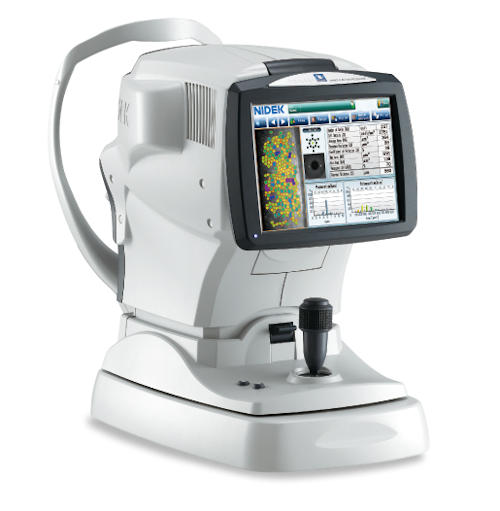
The corneal endothelium layer is a cell layer located on the inner surface of the cornea and is an important structure that ensures the transparency of the cornea. Specular microscopy helps examine corneal health by evaluating the number, shape, and arrangement of corneal endothelial cells. It is particularly valuable in preoperative assessment and postoperative follow-up of cases with corneal endothelial problems in cataract surgery.
This imaging technique is frequently used to assess the condition of corneal endothelial cells before keratoplasty (corneal transplantation). The number and morphology of corneal endothelial cells are important in predicting the healing process after corneal transplantation. Additionally, specular microscopy is used in monitoring complications before and after corneal surgery.
Specular Microscopy is also used to evaluate corneal endothelial cell damage caused by long-term use of eye drops used to reduce intraocular pressure. Corneal endothelial cells have important functions such as regulating intraocular pressure and ensuring corneal transparency. Therefore, maintaining the health of corneal endothelial cells is vital for eye health.
This imaging technique is frequently used to assess the condition of corneal endothelial cells before keratoplasty (corneal transplantation). The number and morphology of corneal endothelial cells are important in predicting the healing process after corneal transplantation. Additionally, specular microscopy is used in monitoring complications before and after corneal surgery.
Specular Microscopy is also used to evaluate corneal endothelial cell damage caused by long-term use of eye drops used to reduce intraocular pressure. Corneal endothelial cells have important functions such as regulating intraocular pressure and ensuring corneal transparency. Therefore, maintaining the health of corneal endothelial cells is vital for eye health.




